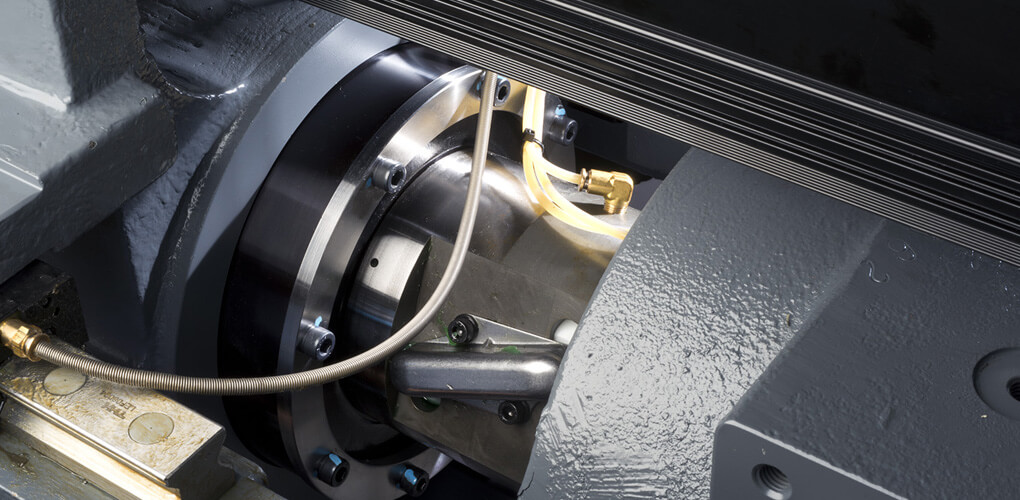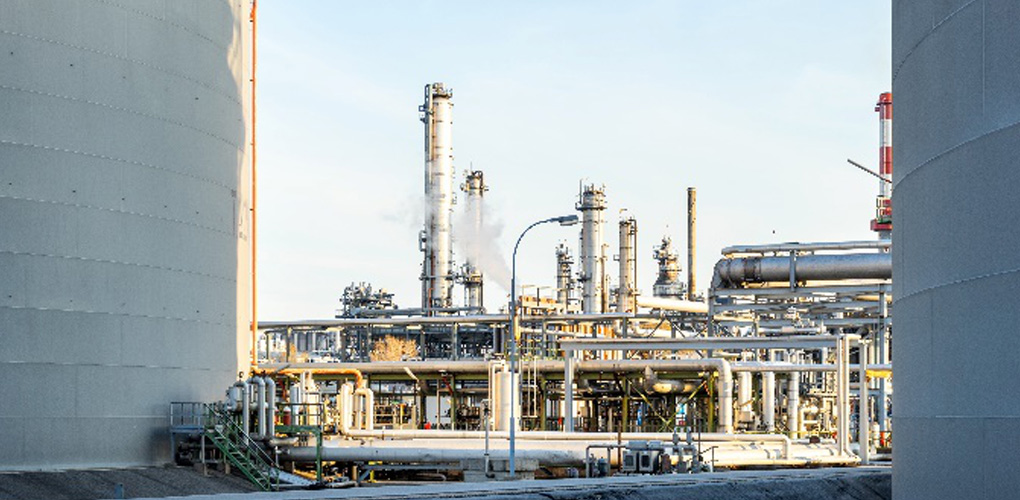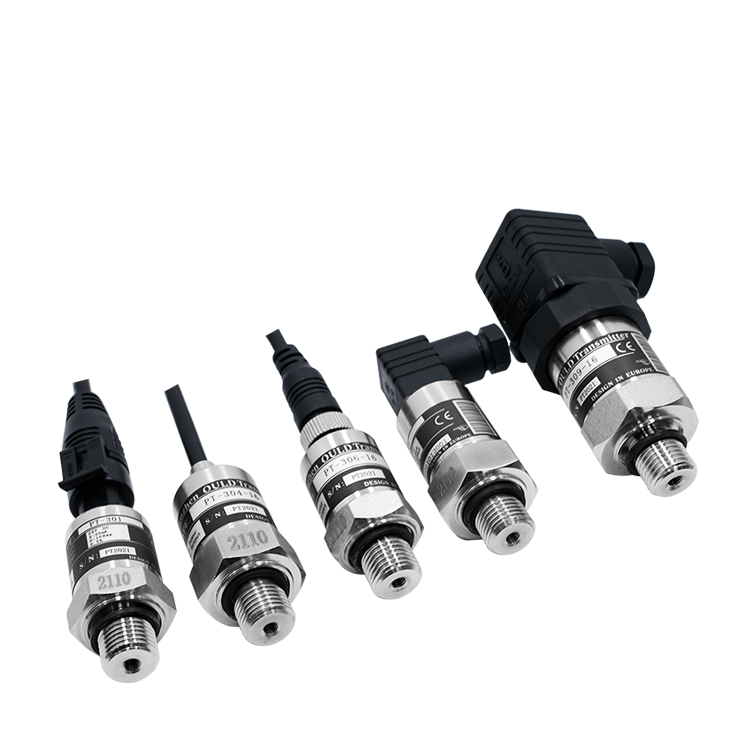Pressure sensor failure type
The main faults of the pressure sensor include:
Pressure sensor failure type The first
Pressure sensor failure type first is that when the pressure goes up, the transmitter cannot go up. In this case, you should first check whether the pressure interface is leaking or blocked. If not, check the wiring method and check the power supply.
If the power supply is normal, simply pressurize to see if the output changes, or check whether there is output at the zero position of the sensor.
If there is no change, the sensor is damaged, which may be caused by damage to the instrument or other problems in the entire system;
Pressure sensor failure type The second
Pressure sensor failure type second is that the output of the pressure transmitter does not change,but the output of the pressure transmitter suddenly changes, and the pressure relief transmitter cannot return to the zero position. It is likely to be a problem with the pressure sensor sealing ring.
A common cause is that due to the specifications of the sealing ring, after the sensor is tightened, the sealing ring is compressed into the pressure port of the sensor and blocks the sensor.
When pressurizing, the pressure medium cannot enter, but when the pressure is high, the sealing ring suddenly breaks open, and the pressure sensor is damaged by the pressure.
Variety. The best way to troubleshoot this fault is to remove the sensor and directly check whether the zero position is normal. If the zero position is normal, you can replace the sealing ring and try again;
Pressure sensor failure type The third type
Pressure sensor failure type third is that the output signal of the transmitter is unstable. This malfunction may be a stress source issue. The pressure source itself is an unstable pressure.
It is very likely that the instrument or pressure sensor has poor anti-interference ability, the sensor itself vibrates severely, or the sensor is faulty;
the fourth is that the comparison deviation between the transmitter and the pointer pressure gauge is large. Deviation is a normal phenomenon, just confirm the normal deviation range;
The last type of fault that is prone to occur is the impact of the installation position of the micro-differential pressure transmitter on the zero output.
Due to the small measurement range of the micro-differential pressure transmitter, the sensing elements in the transmitter will affect the output of the micro-differential pressure transmitter.
During installation, the axis of the pressure sensitive part of the transmitter should be perpendicular to the direction of gravity. After installation and fixation, adjust the zero position of the transmitter to the standard value.
zero drift
The main reasons for zero point drift are as follows:
1. There are bubbles or impurities in the adhesive layer of the strain gauge.
2. The performance of the strain gauge itself is unstable
3. There are virtual solder joints in the circuit
4. The stress relief of the elastomer is incomplete; in addition, it is also related to the magnetic field, frequency, temperature, etc. Electrical drift or some drift will exist, but we can reduce its scope or correct it in some ways.
Fault detection
Check the faults that occur at the construction site. Most of them are caused by improper use and installation of pressure sensors. This can be summarized in several aspects.
1. The primary components (orifice plate, remote measurement joint, etc.) are blocked or installed in the wrong way, and the pressure point is unreasonable.
2. The pressure tube is leaking or blocked, there is residual gas in the liquid-filled tube or residual liquid in the gas-filled tube, and there are sediments in the process flange of the transmitter, forming a measurement dead zone.
3. The transmitter wiring is incorrect, the power supply voltage is too high or too low, and the connection between the indicator head and the instrument terminal is poor.
4. The installation is not strictly in accordance with the technical requirements, and the installation method and on-site environment do not meet the technical requirements.














